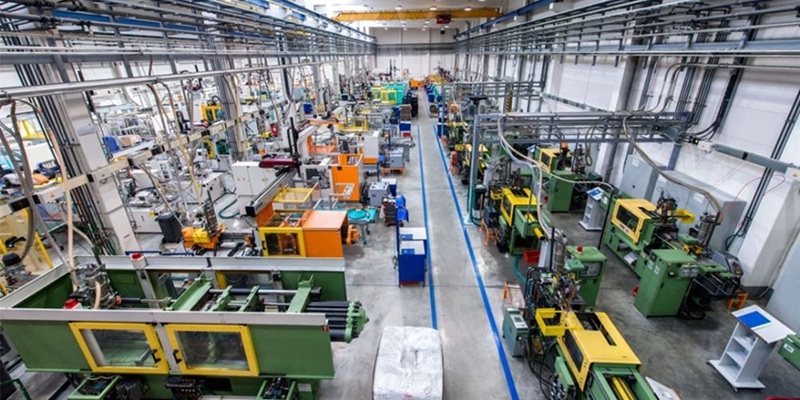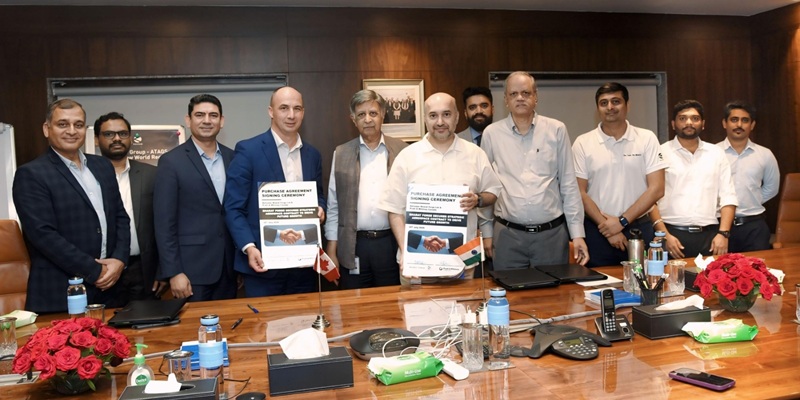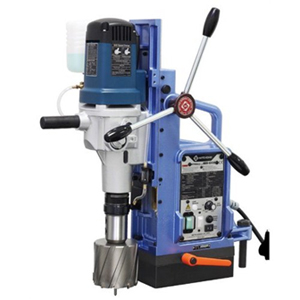Schedule a Call Back
Challenges before Indian manufacturing sector in the next 25 years
 Articles
Articles- Sep 14,22

Related Stories

How MNCs are strategising to capture market in India
Today, the Indian MNC scene is changing vastly, with many new ones setting up shop in India. With China becoming less attractive, India is becoming the go to place, writes R Jayaraman and Firoz S Ri..
Read more
The Cable & Wire Fair is a catalyst for growth: Priyank Jain
In this interview, Priyank Jain, CEO of Tulip 3P Media, elaborates on the evolution of Cable & Wire Fair (from a humble beginning to India’s flagship wire, cable & allied industry expo) and its in..
Read more
Can the new RDI scheme be a game-changer for R&D in India?
India spends just 0.64 per cent of its GDP on R&D (compared to global average of above 2 per cent). The new Research Development and Innovation (RDI) scheme, with a corpus of Rs 1 trillion, can chan..
Read moreRelated Products

Digital Colony Counter
Rising Sun Enterprises supplies digital colony counter.
Robotic Welding SPM
Primo Automation Systems Pvt. Ltd. manufactures, supplies and exports robotic welding SPM.

Heat Exchanger Scale Removal Compound -hesr-300
Hi There!
Now get regular updates from IPF Magazine on WhatsApp!
Click on link below, message us with a simple hi, and SAVE our number
You will have subscribed to our Industrial News on Whatsapp! Enjoy


















